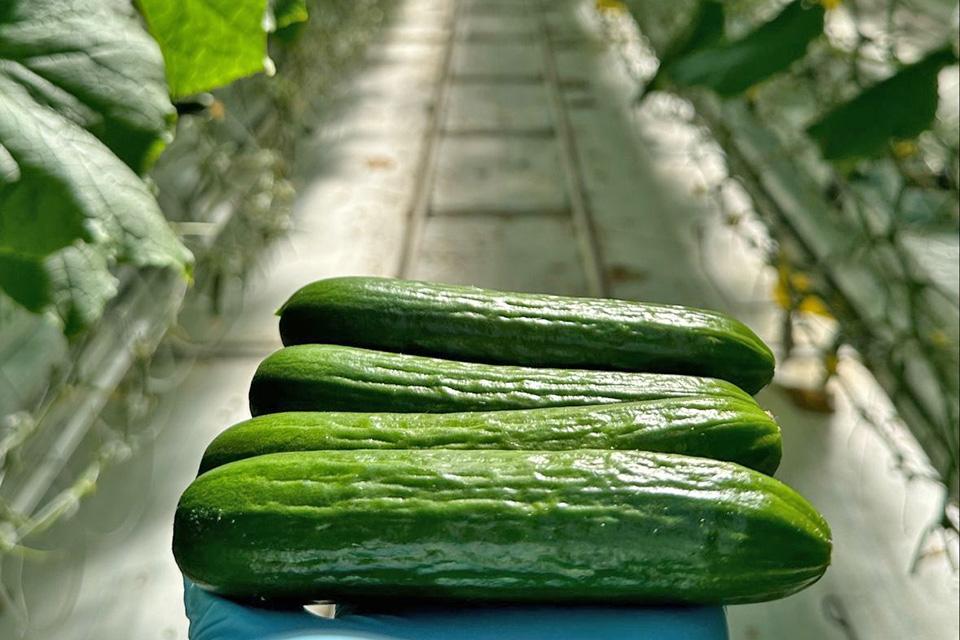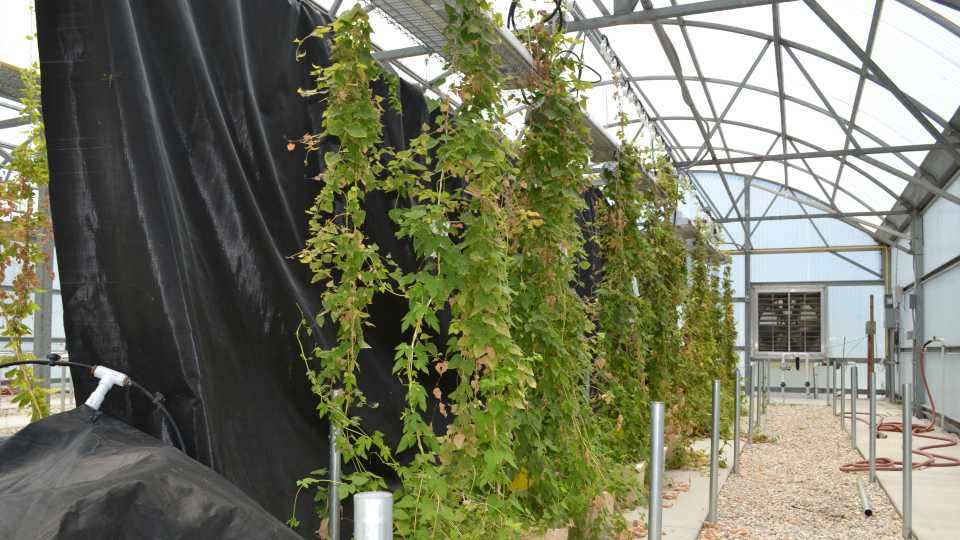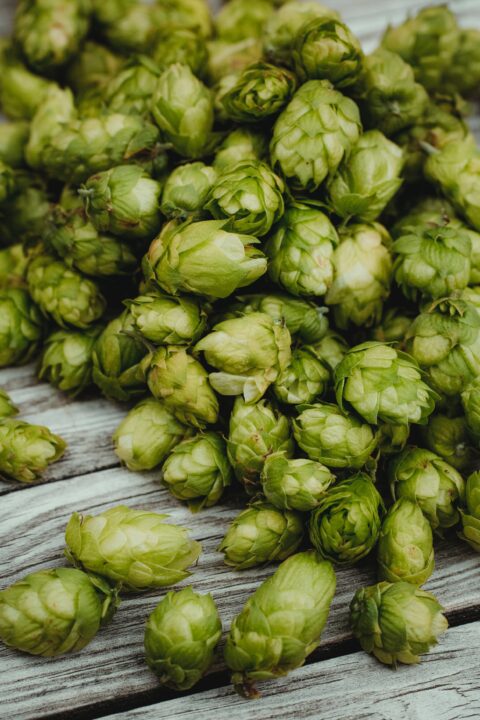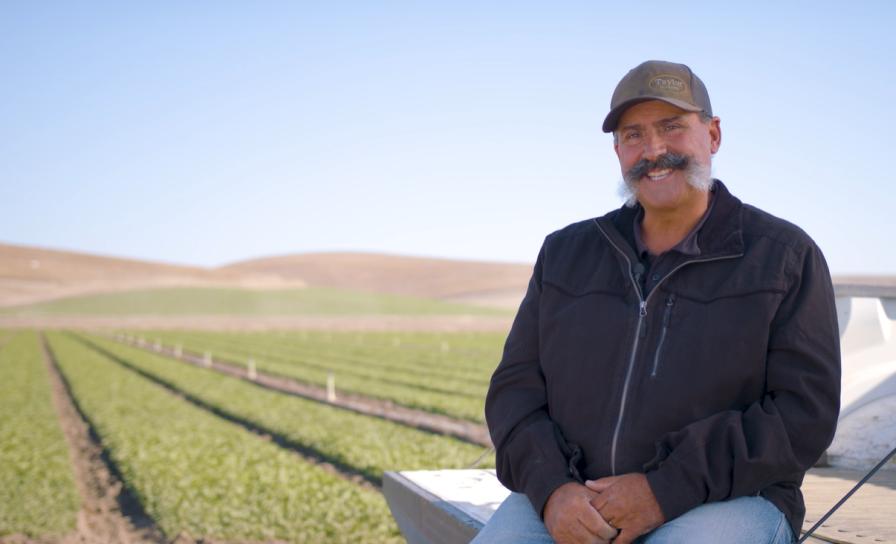Fruit Growers Facing Global Insect Pressure

Far-reaching global trade can be a beautiful thing, as growers gain access to new and potentially lucrative markets. However, those goods being sent around the world are often accompanied by hitchhikers in the form of invasive insects.
That’s just one of the problems faced by growers today. Others include the loss of traditional, broad-spectrum chemistries, meeting Maximum Residue Levels (MRLs), and avoiding resistance problems.
No, it’s not easy to navigate, so to provide growers with some insight, American/Western Fruit Grower contacted two experts, Byron Phillips, Sales Representative, Valent U.S.A. Corporation, and Troy Schlundt, Value Chain Specialist Manager, BASF. The two men fielded a series of questions on insect pests.
1) What are the biggest insect pest issues facing growers today?
Phillips: While secondary and invasive pests are of increasing concern, the drivers of our pest management programs remain codling moth in apples, pear psylla in pears, and western cherry fruit fly in cherry. In the Pacific Northwest, our pest management strategies and tactics are built around those three primary insect pests.
Schlundt: It depends on crop and location. In the grape market, vine mealybug is an issue and has been for several years. Mealybug leaves a sticky substance on the fruit, which then has to be cut out from the rest of the bunch. The practice leaves less pack-out and the grower loses production. The citrus market has the citrus psyllid on the East Coast, which could affect the West Coast if infestation penetrates California. Psyllids will cause greening, resulting in culling of the infected fruit and decreasing value for the grower.
2) Because of Maximum Residue levels (MRLs) and other issues, many growers are going with modern “softer” insecticides, but they are finding that insects that didn’t used to be an issue when they used harsher chemistries are re-emerging. What can you tell these growers?
Phillips: Before I answer, let’s clarify that question. MRLs were not so much of an issue with our older chemistries as they are now. We have been very fortunate to have been the beneficiary of several new chemistries in recent years that were fast-tracked through the registration process as organophosphate replacements.
While this was a great thing for our industry, in many cases we received registration of these new chemistries before we were able to get tolerances in many of our important export markets. So, MRLs have become a much bigger issue with the newer chemistries than they were with the older chemistries. There has also been a relatively recent trend with our trading partners to change from a passive system of testing for residues and deferring to a Codex or U.S. tolerance to an active system of testing and establishing their own independent MRLs.
The other drivers in the shift to softer chemistries include things like retailer-driven food safety certification programs such as Global GAP; ever-widening buffer zones; loss of registration of many of our older “traditional” chemistries; and concerns over worker safety.
Having said that, to answer the question more specifically — for decades we had a stable pest management system that was based primarily on the use of broad-spectrum organophosphates and carbamates. Two things happened to disrupt that stability: 1) We started removing chemistries that were the foundation of our control programs, and 2) We started introducing new chemistries to the system without fully understanding their impact on our natural enemy complex.
One of the consequences of that has been the resurgence of secondary pests that were once not much more than a sporadic annoyance — things like woolly apple aphid and San Jose scale. However, the other side of the coin is that we’ve also seen the virtual disappearance of other secondary pests that used to be major issues for us. For example, it’s been years since I’ve seen a problem population of white apple leafhopper or western tentiform leafminer.
So I would tell growers this is a two-sided coin. We’ve seen the resurgence of some secondary pests and we’ve seen the disappearance of other secondary pests. As for the resurgent pests, we’ll figure those out. We’re getting closer to the next generation of chemistries that will help, and we’re making great strides in understanding the phenology of natural enemies that will also help in our control efforts.
Schlundt: Scouting and identification are vital in forming a successful plan of attack on the pest. The best practice, especially for fruit growers, is paying attention during the year with weekly monitoring and working with the local university system on what chemistry is best suited for the issues. MRLs are an unavoidable issue and BASF and other companies are attempting to globally harmonize all MRLs versus having them be country-specific. BASF spends around $2 million a day on new innovation research and is committed to helping growers get the most out of every acre.
3) What would you tell a grower who’s concerned they are running out of “silver bullets” when it comes to controlling insects?
Phillips: I’d say they are absolutely right. There are no silver bullets. Newer chemistries are more narrowly focused on target pests and even on specific life stages in the pest’s phenology. That makes it very critical to implement good resistance management strategies to preserve and prolong the useful life of our new chemistries. I don’t think we will ever again see as many new registrations in as short a time frame as we experienced in the past 10 to 15 years. We need to be good stewards of the chemistries we have in order to keep them.
Schlundt: Resistance and adaptation have been issues with pest control for years. Monitoring resistance management is one consideration in selecting an insect management program before the season hits. FRAC numbers are required with all pesticides. The FRAC numbers tell the grower what chemistries are similar and different so a grower can select a program based on scientific data. This allows the grower to change the active ingredient in his or her program so the chemistry won’t be over utilized, which can lead to resistance. The FRAC system keeps successful chemistries around for longer periods of time and can help the grower decide which will be best for his or her acres.
4) If you were to give growers only one specific piece of advice regarding insect management, what would it be?
Phillips: Use every tool at your disposal to implement sound IPM tactics. That includes the appropriate use of chemical intervention, conservation, and preservation of natural enemies, habitat modification, insect behavior modification, and particularly the Washington State University Decision Aid System or some similar decision aid system that may be available and specific to your area. These are powerful tools that integrate the real-time phenology of both the target pest and the natural enemies and consider the impacts — both acute toxicity and sub-lethal effects — of the newer chemistries on those beneficials.
Schlundt: The primary objective is to know which pests are the issues. Universities can help determine this, with replicated data, to help determine which chemistry is best suited for the grower’s specific needs. Commodity groups are very important as well, as they also conduct third-party research to help growers solve important issues. All growers should be proactive and get involved with experts in their crop field.
5) How do you think the field of insect management might be different for the next generation of growers, i.e. 30 years from now?
Phillips: Technology will be a major factor in our routine daily pest management activities. In Washington State, we are fortunate to have a Technology Road Map that was developed with great foresight by the Washington Tree Fruit Research Commission. We are already seeing some of the early fruits of that. I expect that we will see increasing use of GPS and GIS technologies, stationary spraying systems, remote electronic trap monitoring, increasing use of insect behavior modification, plant stress detectors to assist in pest monitoring and treatment thresholds, and more successful implementation of biological control.
Schlundt: Manufacturers are committed to developing new innovations designed to solve evolving grower concerns. The next generation of insect management will be providing products that have new modes of action, lower use rates, and are easy to use. For example, in 2012 BASF launched Altrevin Fire Ant Bait insecticide, which has a new mode of action to reduce resistance development concerns. It also provides extreme flexibility by knocking down fire ant populations within 10 days as compared to four to six weeks, as is consistent with the current market place standard.









